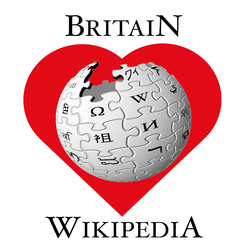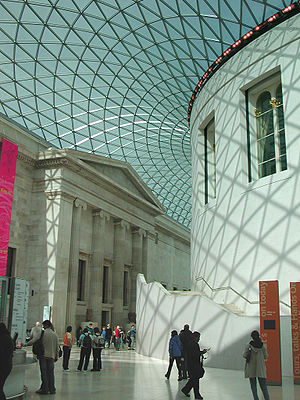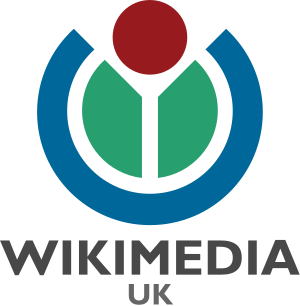Each year the Wikimedia Commons community picks out the best “Picture of the Year“, based on the images that have passed through its Featured Picture process during the course of the year. 890 pictures became Featured Pictures in 2009; of these, 38 made it into the final round. On 19 June 2010, the 2009 winner was announced — “Sikh pilgrim at the Golden Temple (Harmandir Sahib) in India“, taken by Wikimedian Paul Rudd.
The Featured Pictures considered in this competition can be from anywhere – entries are eligible regardless of whether they were taken by a Wikimedian or released by the creator under a free license elsewhere and then uploaded by someone else to Wikimedia Commons. Of the top 10 positions (held by 13 images), eight were created by Wikimedians, two were from Flickr, two from the US military (all US government works are in the public domain) and one was from the European Southern Observatory.
If you want to enter your photographs into the 2010 competition, all you need to do is upload it under a free license to Wikimedia Commons — and then get it past the grueling Featured picture candidacy process.











![Reblog this post [with Zemanta]](http://img.zemanta.com/reblog_e.png?x-id=f66e5a04-bee4-497a-816c-bde0498089c5)
 The Wikimedia UK board has been putting together a budget for the next year (You can see this, and help with its development,
The Wikimedia UK board has been putting together a budget for the next year (You can see this, and help with its development, 